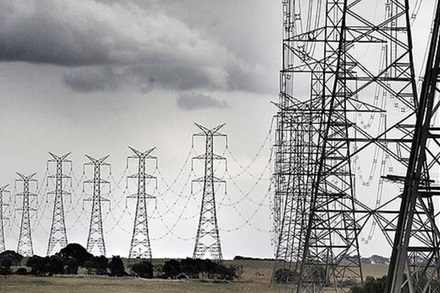The Australian Energy Market Operator is calling for broad changes to Australia’s energy market rules, saying they are not keeping up with the shift to wind and solar, battery storage, and rising temperatures that are making ageing coal plants less reliable.
In a new 72-page report underlying the rapid shift in Australia’s energy market, and particularly the uptake of rooftop solar and battery storage by households and businesses, AEMO says that the current rules are no longer fit for purpose.
“Based on the changes we see in the system, AEMO is concerned that the current market design is not sufficiently valuing resource characteristics of flexibility and dispatchability ….,” it writes in the report.
“… and that, in the absence of a market design change, sufficient investments in new resources or existing resources that provide dispatchable capability are unlikely to occur.”
The document is a summary of recent reports and is an endeavour by AEMO to put its case in one single proposal. It wants to kick off discussions on things such as day ahead markets, demand response, strategic reserves, and valuing flexible performance.
The AEMO report comes amid continued discussion about the National Energy Guarantee, and it makes it clear that despite its enormous complexity, and controversy over its design, the NEG addresses just a few aspects of Australia’s reliability and security challenges.
The report also comes just a day after the Australian Energy Market Commission released its annual assessment of the performance of Australia’s energy markets.
Media took the AEMC’s press release and comments by its CEO to focus on the changes in the energy system – more wind and solar, less coal generation – and how it was weakening the system.
The AEMO suggests there are multiple issues at play – the uptake of wind and solar, the rollout of storage, the use of behind the meter generation, changing temperatures – but insists these technology changes are opportunities rather than just negatives.
“The immediate future is expected to see growth in battery storage, pumped hydro, and connected and standalone micro grids and micro markets,” it says.
“Fortunately, many of the same changes in technology and resources that are creating challenges for system operations can also become solutions, if approaches to the market and regulatory conventions are re-calibrated to address the changed conditions.”
“Specifically, the advent of advanced intelligence in the networks, and increased levels of distributed energy resource investment that supports more elastic and flexible price responsive demand, can become an asset for supporting reliability in a more efficient manner if they can be relied upon by AEMO.”
But AEMO also focuses on the changing climate and the increasing weather impacts on the energy system – both because of the effect of heat on ageing coal generators, and on the increasing use of weather dependent energy sources such as wind and solar.
Australia’s coal and gas generator fleet has suffered badly in the past summer, with more than 50 sudden outages recorded, including more than 10 in the month of March.
“The climate is changing, in terms of temperature, and extremity and scale of weather events,” it says, noting that the Bureau of Meteorology says 2017 was Australia’s third-warmest on record and the country’s average mean temperature was 0.95°C above the 1961-1990 average.
Maximum temperatures were the second-warmest on record at 1.27°C above average, coming in behind +1.45°C in 2013. But the 2013 temperatures could now be the average going forward.
As well as this, the grid was becoming “peakier”, which lower minimums due to the so-called “duck curve” caused by increasing rooftop solar and steeper climbs to maximum temperatures – hence the need for fast-reacting dispatchable technology.
AEMO’s proposals have not been popular with some of the big energy players, some of whom question the need for day-ahead markets, for instance, and the use of strategic reserves and the interplay with existing markets.
The AEMC, which would have to approve any rule changes, has also different views on some of the mechanisms needed. But AEMO insists that markets – particularly the way they are designed now – may not provide the solution to all the problems.
“The NEM has served Australia’s energy customers well for many years, but, as with all markets undergoing transformation, it is appropriate to consider whether aspects of the arrangements continue to be fit for purpose, and reflect the dynamic and evolving needs of future energy customers,” it writes.
“This is particularly important at a time where affordability is a challenge for many energy customers, and satisfaction with value for money of electricity is down across most NEM regions.”
In other words, put two and two together. With the spectacular increase predicted in distributed generation and the uptake of solar and storage, and the emergence of micro-grids and the like, the threat is significant grid defection, on top of the load defection that is taking place now.








